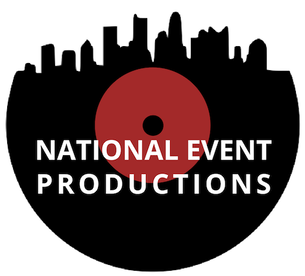The initial step in video projection on rounded surfaces is to understand the shape of the surface. Curved surfaces can be intricate, with different degrees of bend. To achieve a seamless display, it is vital to create a 3D model of the surface. This model helps in imagining how the footage will look when cast. Software tools are available that allow users to create these representations and mimic the display. By precisely aligning the dimensions and contours of the surface, designers can guarantee that the video matches perfectly without distortion.
Once the 3D representation is prepared, the following step is to edit the footage content. This includes modifying the video to fit the specific form and dimensions of the curved surface. It is essential to take into account the perspectives and viewpoints from which the audience will observe the display. The content should be crafted to improve the visual experience, making it captivating and pertinent to the theme of the occasion or setup. Using high-quality graphics and motion graphics can greatly improve the overall effect of the projection.
After preparing the material, the real projection process starts. This involves setting up the projectors at the correct positions and spaces to guarantee that the footage aligns with the 3D model. Adjustment is a crucial part of this process. It may require modifying the luminosity, contrast, and sharpness of the devices to achieve the best outcomes. Additionally, browse around this web-site using multiple projectors may be required to cover larger or more intricate surfaces. This technique, known as edge blending, helps form a continuous image across the whole area.

Finally, testing the display is essential before the final show. This allows designers to make any necessary adjustments to the footage and device settings. It is also an chance to see how the viewers will experience the projection from various perspectives. By confirming that the video projection is flawless, designers can provide a stunning aesthetic experience that creates a memorable impression. Perfecting video projection on rounded surfaces not only improves creative expression but also creates new possibilities for storytelling and viewer engagement in multiple settings.